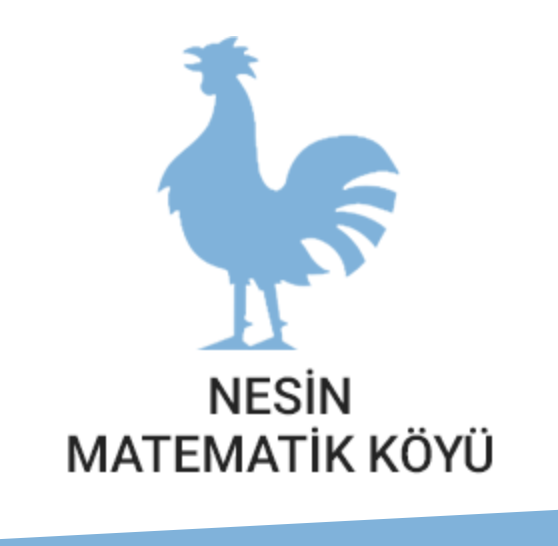16-22 September 2019
Title of the course: p-adic numbers
Instructor: Dr. Katharina Hübner
Institution: Universität Heidelberg
Dates: 16-22 September 2019
Prerequisites: Linear algebra, Algebra I
Level: Beginners
Abstract: The p-adic numbers Qp can be constructed by taking the completion of Q with respect to the p-adic norm. This is pretty much in analogy to taking the completion of Q with respect to the standard absolute value in order to obtain R.
At first sight Qp and R might seem more complicated than Q. But from an arithmetic viewpoint they are in fact much easier to handle than Q: For instance, if we want to find roots of a polynomial in R, we can do so by approximation, e.g. using Newton’s method.
The approximation process in Qp is even easier: If the polynomial is monic and has integral coefficients (i.e. in Zp), in most cases we just have to check whether there are solutions modulo p. This result is called Hensel’s lemma.
In this course we will define the p-adic numbers and investigate their basic properties. The final goal of the week will be to prove Hensel’s lemma.
Textbook: Short notes and exercices to be published in https://www.mathi.uni-heidelberg.de/~khuebner
Other references:
1. Svetlana Katok. p-adic analysis compared with real, volume 37 of Student Mathematical Library. American Mathematical Society, Providence, RI; Mathematics Advanced Study Semesters, University Park, PA, 2007
2. Fernando Q. Gouvêa. p-adic numbers. Universitext. Springer-Verlag, Berlin, second edition, 1997. An introduction.
3. Alain M. Robert. A course in p-adic analysis, volume 198 of Graduate Texts in Mathematics. Springer-Verlag, New York, 2000
Language: EN

